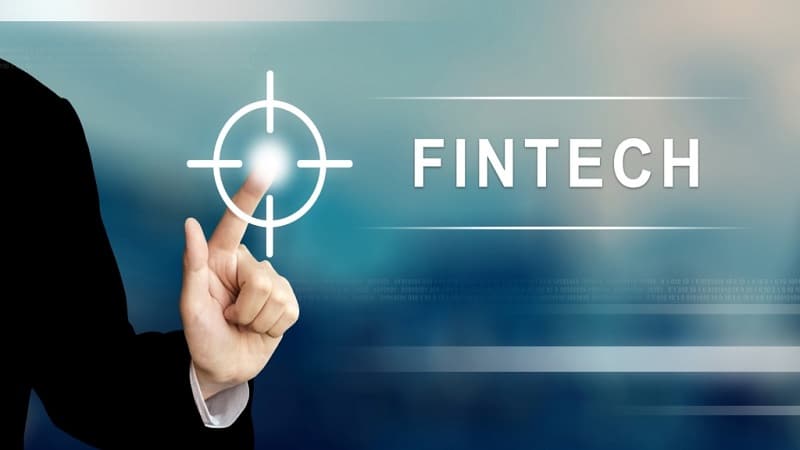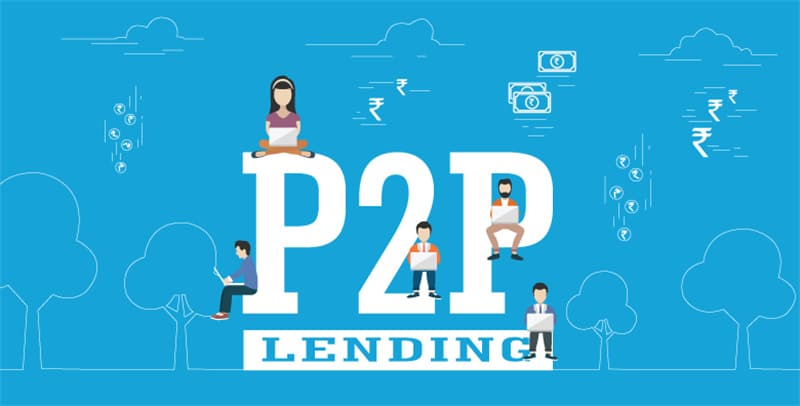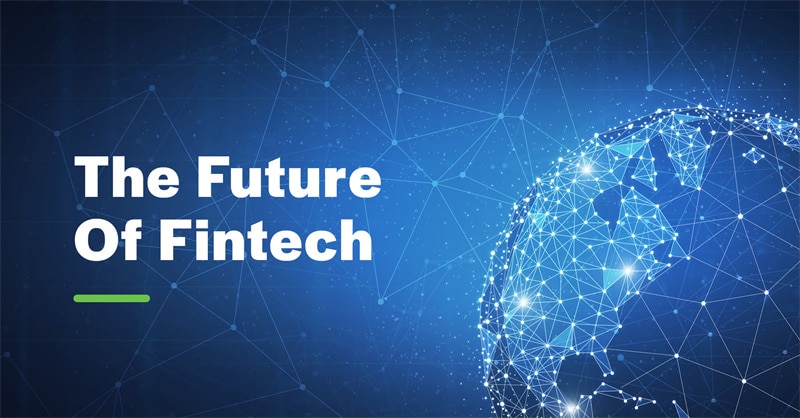
Many of us want to be financially secure and stable. We all try to scrimp and save, but emergencies happen, and sometimes, all the money you saved isn't enough. Luckily, everything is much easier in the 21st century, and getting a loan with acceptable terms can be achieved online.
One of the most reliable kinds of loans is a payday installment loan. Your credit history doesn't have to be perfect. Using platforms like GetCash.com allows you to connect with lenders for free. Your loan can be approved even today. It is easier and faster to take a loan online than at a bank.
Many wonder how modern loans work. Well, fintech companies are developing new technologies in the financial sector: banks without branches, lending communities bypassing banks, and money management robots. Alternative forms of credit, provided by fintech companies and platforms, still have a small market share, but their volume grows rapidly.
The funding volume for startups operating in IT and lending is also growing. Last year, such companies accounted for at least a quarter of venture investments in the fintech industry. Additionally, banks use their technology to launch their products. These segments of the fintech lending market are relevant now, and these are the startups lacking in this niche.
P2P Lending

Today, dozens of P2P platforms act as intermediaries that connect lenders and borrowers. Statistics show that the number of issued loans is increasing at a rate of 100% or more each year. That said, P2P lending has several growth points.
- Firstly, there are separate markets, such as in Asian countries, where access to capital for citizens is limited, and P2P lending can help fill this need.
- Secondly, there's a model called P2B lending that allows businesses to avoid lengthy bank approvals and credit assessment procedures to get a loan successfully.
- Banking organizations are also adopting many solutions in the field of P2P lending. Various products allow banking organizations to maintain their share in the consumer credit market.
Digital Pledges and Loans
Blockchain and cryptocurrencies are an essential trend for fintech. According to Forbes, 20% of the best fintech startups rely on solutions in this area. They use digital assets, such as cryptocurrencies and tokens, to make payments and investments and get a loan. For example, a fintech company called Ripple takes transaction information from centralized databases to a more open framework while reducing costs significantly.
At the same time, other fintech startups that have not yet been included in the Forbes rating are willing to accept cryptocurrencies as collateral. Some platforms work on the P2P principle, and some sites act as lenders themselves. Lastly, some platforms are building a business model for issuing loans in cryptocurrencies.
Lending Automation
A lot of fintech startups in today’s finance landscape are focusing on underwriting automation. According to Forbes, several prominent fintech startups are developing this technology all at once. Banks, in general, are highly interested in automation. However, McKinsey & Company stated that most of them are only at the beginning of the journey.
That said, 30% of bank operations that used to be performed “manually” can now be automated. One can take numerous directions in lending automation—from the already familiar “technological” underwriting to the automation of document flow in the credit department.
Your legal ownership of a third-party account differs from your primary account. Check out Finance Systems, Inc, which provides third party accounts receivable services such as mix scoring, credit reporting, and successful litigation.
The Future of Fintech Lending

Numerous forecasts have come out regarding the prospect of “technological” lending. Some people believe that the future lies in approving a loan using a selfie, while others think that fintech startups will replace banks entirely.
Processes associated with registration, approval, issuance, and subsequent loan servicing have evolved. Application processes and decision-making scoring systems have changed. The timing of the application and sometimes the place where the loan is issued have changed. There have also been improvements in technologies for collecting bad debts.
Issuing loans is a critical sector in banking processes, so it's not surprising that banks use the bulk of financial technology in this area. Each sector of this technology has its pros and cons for every process. To achieve the greatest efficiency, companies must know how to use various formats to their advantage when issuing loans. Fintech also helps companies meet the wants and needs of their consumers and comply with current trends in modern banking.
That said, it's already clear that there are many promising narrow segments in this market. For example, some platforms allow employers to provide employees with consumer loans with more favorable terms than what a bank could offer, thanks to the repayment system's integration with the payroll system.
Fintech loans will likely be a driving trend in the future. This technology will come in handy in helping loans become available to consumers and businesses with different backgrounds, needs, and opportunities. That’s why we firmly believe that the fintech loan sphere will likely continue to expand from here.










